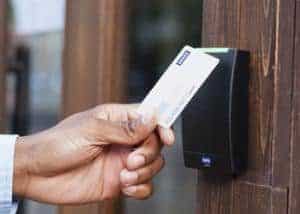Customer Loyalty Cards: What Are They and Why Do They Work?

Almost everyone in the first world will have used a loyalty card at some stage. Rummage around in your wallet and you’ll be sure to unearth one, wrinkled and dog-eared though it may be. Why didn’t you ever discard this dishevelled piece of cardboard? Because it featured five or six hole punches, and you were just four or five purchases away from a free coffee, no doubt.
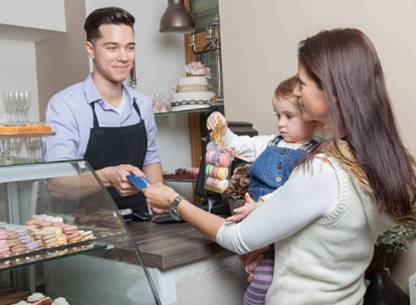
A loyalty card is a powerful marketing tool that keeps a customer coming back for more. A smart business decision, positive reinforcement is at the heart of how a loyalty card works. If you’re going to buy a coffee every day, you may as well get every 10th one free, right? This is the way customers will justify their repeat purchases to themselves (and, to be fair, it’s not necessarily an unreasonable justification).
How can you use loyalty cards to benefit your business? Should you go for the physical or virtual route? Are there any glaring holes in your knowledge of loyalty cards, punched holes notwithstanding? Read on to learn everything there is to know about customer loyalty cards and why they’re so effective.
What is a loyalty card?
A loyalty card is a marketing tool that encourages a customer to make repeat purchases from a particular business. This encouragement comes in the form of a financial or material incentive. Loyalty cards tend to incentivise by one of two systems: the system whereby you buy a fixed quantity of a specific item to receive a discount or freebie, or a points system. The former is more common in the paper/cardboard hole-punchable cards you’ll usually see in coffee shops, although you can find digital equivalents, too. A points system is more common for plastic or digital loyalty cards.

For those of you who weren’t counting (or lost count), that makes three formats of loyalty cards: hole-punchable, plastic, and digital. There are pros and cons to all three formats, depending on the business you own, the products you sell, and the audience you’re targeting.
History of loyalty cards
Before we dig into specific examples, let’s first acknowledge the origins of loyalty cards. If you thought the concept debuted with the world’s first coffee shop, think back further—as far as the 18th century, in fact. Don’t believe us? … Well, you can’t exactly ask a shop owner from that era, but American shop owners of that time period would reportedly encourage repeat purchases by distributing copper tokens to their customers. This is believed to be the first emergence of customer incentivising in history. This trend continued into the 19th century, and in an effort to cut costs, shop owners would phase out copper tokens in preference for printed stamps or other more cost-effective tokens. They also offered customers store-exclusive rewards.
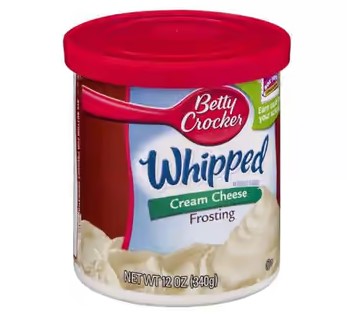
Fast-forward to the 20th century and you’ve got the ‘box top’ trend, which may sound more familiar to some readers. Box top offers operated on the same principle as printed stamp distribution, the key difference being that the box top was part of the purchasing package—literally. You would cut the token from the product’s packaging and send it to the company in exchange for savings or merchandise. There were even instances of this practice in some ’90s cartoons (and associated media). Historically, the most famous brand to use box top offers was Betty Crocker, and it was also this organisation that set the mould of most customer loyalty programs to date. This includes AAdvantage, originally known as Frequent Fliers, which was founded in 1981.
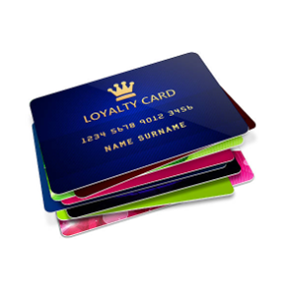
From forth this history sprung plastic loyalty cards and digital loyalty cards, which progressed beyond tallying coffee purchases to recording customers’ spending habits. We have progressed from copper tokens to actual human metadata. And as technology marches on, there may well be more to in-store beyond this blog post’s publication.
How to use a loyalty card
Considering that there are three different types of loyalty cards, there are going to be three different methods of use—some of which will overlap. Nevertheless, let’s rip into it.
Hole-punchable loyalty cards
Nine times out of ten, you’ll find hole-punchable cards in coffee shops. This is coincidental, because, nine times out of ten, holders of such cards will need to pay full price for coffees. Let’s say you frequent a coffee shop and are a holder of a hole-punchable card. Every time you buy a coffee, the cashier will mark your purchase by, well, making a hole punch in your card. Think of each hole as a notch in your coffee-coloured belt, the 10th of which will earn you a free or subsidised coffee. (It’s usually the 10th hole punch that earns you this, but the quantity is ultimately at the discretion of the coffee shop in question.)
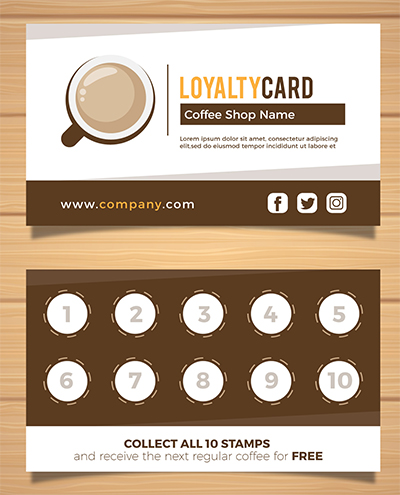
Image: Freepik.com]Plastic loyalty cards
Plastic loyalty cards employ a whole different system. Like hole-punchable cards, these cards will sit in your wallet, but they forgo the perforation process altogether (if their material weren’t enough of a tell). These cards feature barcodes that the cashier (or you, if you’re using a self-service machine) scans with your purchase. The scanner records details of your purchase in the company database, which then uses the monetary values to calculate how many ‘points’ you have earnt. Points are calculated at the discretion of the database’s algorithm, and if you accumulate enough, you will eventually earn a customer discount. Due to the digital component of plastic loyalty cards, these can overlap with digital loyalty ‘cards’. For example, some plastic cards can have companion smartphone apps containing data of previous purchases.
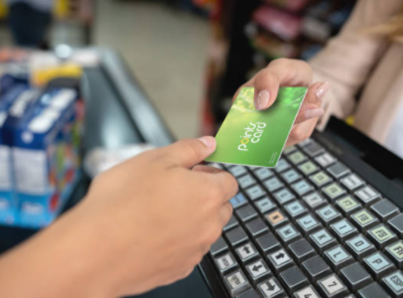
Digital loyalty ‘cards’
Digital loyalty cards are digital versions of either the classic hole-punchable cards or the plastic variants. These almost always take the form of smartphone apps. Some organisations, such as Woolworths, utilise plastic cards and a smartphone app in tandem with one another. This allows users the physicality of scanning an actual card—if that’s their preference—or scanning via the app. By adding an app into the mix, you have a host of services outside the card itself, such as purchase history and tailored information about upcoming specials. Much like any form of technology, digital loyalty cards are like the real thing with heaps of digital add-ons. Depending on your point of view, this will either complicate the experience or streamline it.
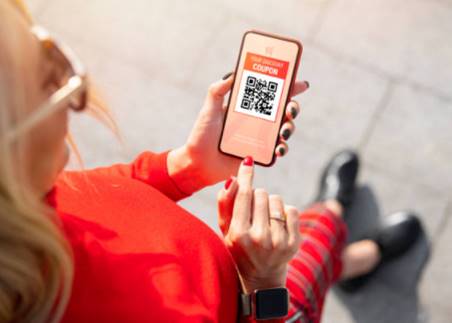
Advantages and disadvantages
As discussed earlier, each type of loyalty card comes with pros and cons. What is considered to be a pro or con will depend on your perspective. It’s also important to factor in context and your target audience. Here is a breakdown of the advantages and disadvantages of loyalty cards.
Advantage 1: Sales boosts
As discussed earlier, positive reinforcement is at the heart of how a loyalty card works. Repeat a purchasing behaviour and you’ll earn a freebie or discount. Will this discount benefit the customer? Yes, eventually. Will this discount benefit the business? Yes, immediately. A free coffee every 10 purchases may sound like a good deal—and, don’t get us wrong: it is. But, in the end, the business ultimately wins.
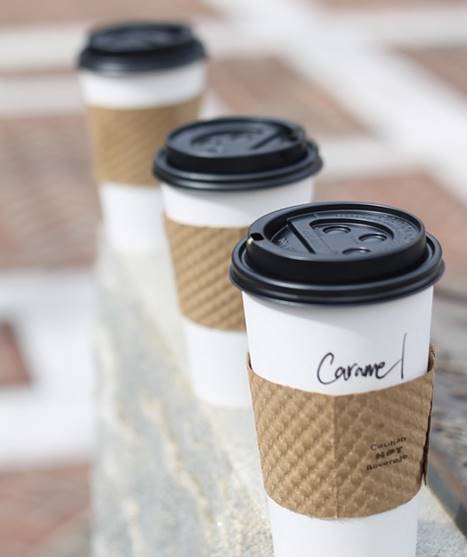
Let’s say your coffee is $3.50. The business will give you a free coffee on the proviso you spend a total of $31.50 on coffees first. Would you be spending that amount of money anyway? Yes. Would it all be going to this business in particular? If they weren’t providing you with this incentive, not necessarily. But by making that incentive, the business has you on the hook. $3.50 is not that much to sacrifice in the grand scheme of a $31.50 gain.
Advantage 2: Customer retention
Once a customer has made a purchase, they will be 27 per cent likely to make a repeat purchase. If they do return a second time, the odds of them buying a third time will increase to 45 per cent. On their third purchase, they will be 54 per cent more likely to return again. Moreover, 75 per cent of customers say that they prefer companies that offer loyalty programs and rewards. Armed with these stats, business owners can play the numbers game to optimise their chances of repeat purchases and customer retention. (It also helps that existing customers are 60 to 70 per cent more likely to respond to e-commerce marketing than new customers, who are only one to three per cent likely.)
Advantage 3: Brand and product awareness
Although it’s human nature to dwell on 1-star business experiences rather than 5-star transactions, this isn’t to say that people won’t spread the word about the latter. People ask their friends for business recommendations all the time. And with 75 per cent of customers preferring businesses that offer loyalty programs, it stands to reason that loyalty-card-wielding businesses may have a leg up over businesses that don’t offer purchasing incentives.

Moreover, loyalty card programs often encourage customers to purchase new products. Ever hear the phrase ‘members-only introductory offer’? This is a smart marketing tactic enticing the customer to try the latest and greatest additions to the business catalogue. Customers respond to this because a) new is always better (or, to put it in more technical terms, customers seek novelty), and b) such exclusivity provides joining incentive, and c) implied time limitations appeal to a sense of urgency, which motivates action. More to the point, such offers draw attention to new products, and the more you entice your customers to purchase them, the more sales you make and the more widespread your product knowledge becomes.
Disadvantage 1: Fiddly
In order to redeem points or earn a hole punch, you must present your card. But it can be easy to forget this until the moment you need to present it. This can lead to frantic fishing through your bag or wallet, or hurriedly unlocking your phone in search of the right app. In a worst-case scenario, this can lead to delays for other people waiting in the queue. If your business employs physical cards, you can address this con by designing your card with bright colours and easy-to-spot logos. If you use digital ‘cards’, ensure the app is fast-loading and that the key features are easily accessible.

Disadvantage 2: Limited to no privacy
In order to use plastic or digital loyalty cards, customers will need to volunteer personal information, such as contact details or records of spending habits. Although businesses will use the latter to tailor and customise the customer experience, some people feel this is a violation of privacy. One of the top concerns is that businesses can pass this information onto other businesses without customers’ knowledge. Obviously, some people will never part with such information, but it can help to assure customers that their information is safe by providing terms and conditions or a privacy policy.
Disadvantage 3: Intrusive messaging
With loyalty program membership comes digital communications—and digital communications is a fine line to walk. Send emails too frequently and people will unsubscribe. Send emails too infrequently and they forget you exist. Remember, people’s inboxes are likely saturated with digital communications, so you need to set yours apart. Send emails once a month or once a week, as opposed to once a day, to avoid intrusive messaging. Also, be strategic and only send messages if you have something new or valuable to say. Repeat the same old content and people will not see the point in opening future digital communications.
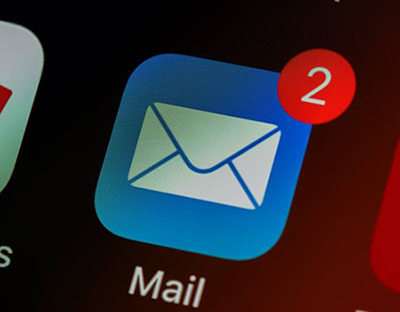
This applies to smartphone notifications, too. Send notifications too frequently and people will uninstall the app. It’s a tough crowd out there so it’s important to nail your digital communications.
Printing your loyalty cards
If you’re finishing this post, teeming with enthusiasm to invest in loyalty cards, you’ve come to the right place. Here at Identity People, we supply a wide range of plastic cards—from ID and loyalty cards to smart cards for access control and machine activation. What are you waiting for? Kick-start your customer loyalty program today with our full-colour, custom cards. If you’re after a gloss or matte finish or some extra features (such as a magnetic stripe), we’ve got you covered here, too. You can’t go wrong with a loyalty card, so invest in a batch or two of our top-quality, custom products. Click here to learn more.





































